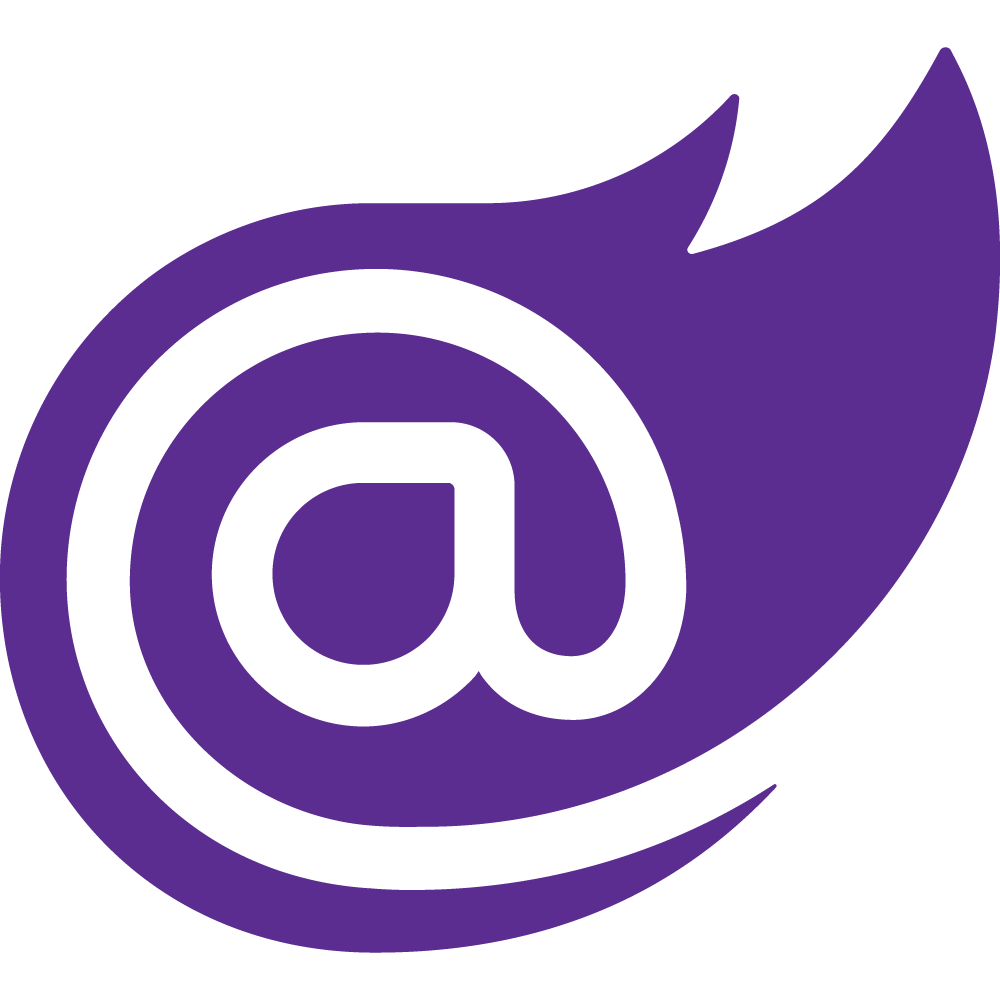


Blazor in 2025 lets enterprises use C# for full-stack apps, simplifying dev and cutting costs.
Blazor is gaining attention in 2025, and it’s not just hype. More companies are choosing it for their web projects, and there’s solid data to back this up. According to BuiltWith, Blazor-powered websites shot up from about 12,500 in late 2023 to nearly 40,000 by early 2025—a jump of over 200%.
While frameworks like Node.js and React.js still lead in overall usage, Blazor’s growth rate is hard to ignore. Statista highlights that web frameworks are essential for efficient development, and with developer salaries on the rise worldwide, businesses are eager for solutions that help them do more with less effort.
Blazor is a framework from Microsoft that lets developers use C# for both the front-end and back-end of web applications. This is a big deal because, in the past, teams often had to juggle JavaScript for the front-end and C# or Java for the back-end. With Blazor, you can stick to one language, which makes life easier for developers and businesses alike.
Using C# for everything means teams don’t have to switch between different languages. This cuts down on bugs and makes it easier to share code between projects. Onboarding new developers is also simpler if they already know C#.
For companies already using Microsoft tools like Azure or Office 365, Blazor fits right in. It works smoothly with existing .NET libraries and services, making it easy to connect to databases, cloud services, and more.
Blazor allows teams to build both the client and server sides with the same codebase. This means fewer developers are needed, and the code is easier to maintain. Businesses can get new features out faster and save on development costs.
Blazor isn’t just for web apps. With .NET MAUI and Blazor Hybrid, companies can build desktop and mobile apps using the same components. This means you can reach users on Windows, Mac, Android, and iOS without starting from scratch each time.
Security matters, especially for companies handling sensitive data. Blazor comes with features like role-based access control and easy integration with identity providers like Azure AD. This helps keep user data safe without a lot of extra work.
Blazor supports real-time updates, which is great for apps that need instant feedback, like chat tools or collaborative platforms. This is built-in, so developers don’t have to rely on lots of third-party libraries.
Here’s a quick look at how Blazor stacks up against other popular frameworks:
| Feature | Blazor | React.js | Node.js |
| Language | C# | JavaScript | JavaScript |
| Front + Back End | Yes | No | Yes |
| .NET Integration | Deep | Limited | Limited |
| Cross-Platform | Yes | Web only | Web only |
| Security | Built-in | Add-ons | Add-ons |
Blazor isn’t perfect. There are fewer experienced Blazor developers out there compared to JavaScript experts, and some older browsers may not support all Blazor features. Still, for companies already invested in Microsoft’s ecosystem, the benefits often outweigh the drawbacks.
Blazor’s rapid growth shows it’s more than a passing trend. With Microsoft continuing to invest in .NET and Blazor, we can expect even better performance and more features in the future. For enterprises looking to simplify development, cut costs, and build secure, modern apps, Blazor is a smart choice.
If you’re thinking about your next web project, consider reaching out to a Blazor development company to see how this framework could work for you.
